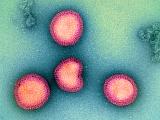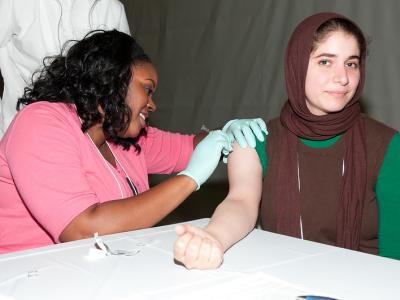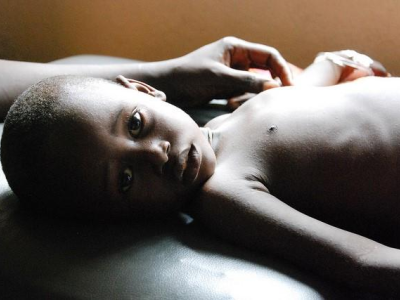Jul 20, 2012 (CIDRAP News) – Flu activity has taken a notable upswing in some Southern Hemisphere countries, including Australia, New Zealand, Bolivia, and Brazil, the World Health Organization (WHO) said today in its regular update.
In Australia, the proportion of positive respiratory samples doubled, to about 30%, compared with the previous reporting period. The states reporting the highest numbers of positive respiratory samples were New South Wales, Queensland, and South Australia. The dominant virus there is H3N2, with influenza B virus detected as well.
New Zealand saw the proportion of doctor visits for flu-like illness rise above the national baseline of 50 consultations per 100,000 population for the first time, and flu activity patterns there seem to be mirroring the 2011 season, the WHO reported. Just over 70% of the detections are H3N2, with the rest evenly split between influenza B, 2009 H1N1, and unsubtyped influenza A.
South Africa is reporting continued flu activity, with about half of respiratory specimens at the end of June testing positive for influenza, the majority of it H3N2, followed by influenza B, according to the WHO.
In Bolivia, health officials have reported a sustained increase in flu detections around La Paz, with the 2009 H1N1 virus dominant. Brazil is also reporting a rise in flu infections, including severe cases, primarily involving the former pandemic virus, the WHO said.
In temperate parts of South America, flu activity is increasing in Paraguay, where markers have passed the epidemic threshold and severe infections and deaths are also on the rise. The WHO said about 53% of flu detections in Paraguay were 2009 H1N1. Flu is on the decline in Chile, and little activity is reported in Argentina.
Hot spots in tropical parts of Asia are Vietnam, which has reported sustained H3N2 activity for the past several weeks, and Singapore, where the percentage of positive respiratory samples has stayed at 54% over the past 4 weeks.
In the temperate Northern Hemisphere, flu activity has largely ended and countries have stopped or eased back on reporting. The US Centers for Disease Control and Prevention's (CDC's) abbreviated weekly influenza update showed markers well below baselines. One more pediatric flu death was reported, one that occurred during the week ending Mar 17, raising the season's total to 33. The death was linked to the H3N2 virus.
In other influenza developments, the European Center for Disease Prevention and Control (ECDC) yesterday issued a detailed genetic assessment of 426 viruses analyzed by its affiliated lab networks between January and June. Phylogenetic analysis found that all H3N2 viruses fell within five genetic groups and that the groups dominated the 2009 H1N1 strain.
The report said the 2009 H1N1 virus continues to show signs of drift from the vaccine virus, but most isolates are still antigenically similar to it.
See also:
Jul 20 WHO global flu update
Jul 20 CDC influenza update
Jul 19 ECDC influenza characterization report


















